PDCE lightning rod product details
Characteristics of lightning rods recommended by Eight Agency
Due to climate change, there is the possibility of large-scale lightning strikes anywhere in the world. In order to actively attract lightning, it will be damaged by lightning strikes... The idea of engineers who want to eliminate lightning strike damage was developed based on the conventional lightning protection equipment that actively induces lightning. It is not a lightning rod, but a lightning suppression type PDCE lightning rod that does not guide lightning and does not target it.
It is also used in international sports!
We make proposals based on our
extensive experience.
Contact Us
Click here for detailed materials,
drawings, and installation guides
Various materials
Two misconceptions about lightning strikes
"Lightning strikes high places"
This is a mistake. As a result, lightning often strikes high places, but height is not a factor in lightning strikes. This is because lightning cannot determine the height of structures on the ground above 7,000m. Therefore, lightning strikes not depending on the height, but on the strength of the electrification and the discharge from the ground."Lightning strikes one way"
This is also a mistake. The electrification strength of the earth's surface is not uniform, and there are conditions such as "difficult to discharge" and "easiness to discharge" from the charged part. Therefore, it occurs due to the correlation between thunderclouds and the surface of the earth.Difference from conventional lightning rod
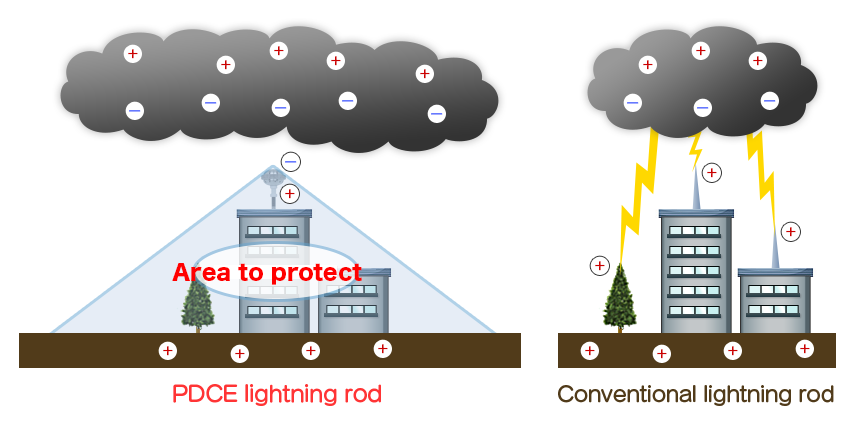
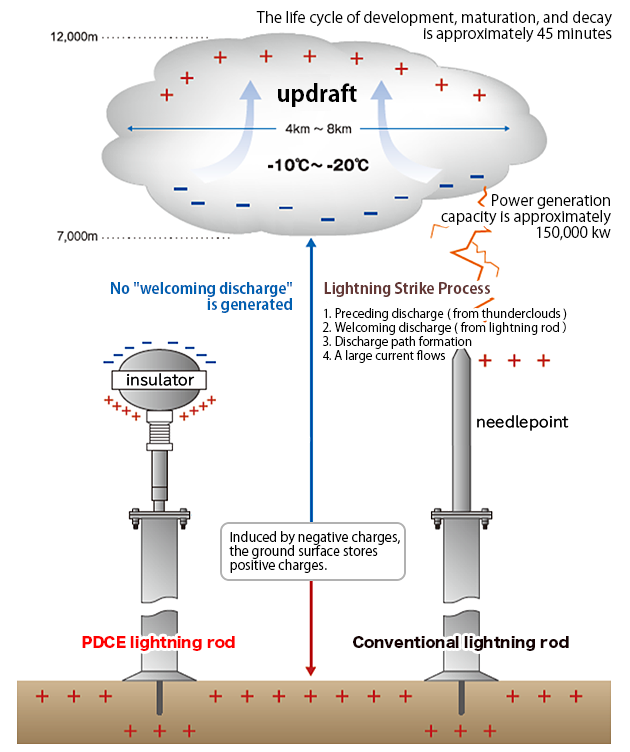
PDCE Lightning Rod
Even if a thundercloud approaches, if no "welcoming discharge" is generated, a discharge path will not be formed. Therefore, based on the completely opposite idea of the conventional lightning rod, a negative electrode is generated at the top of the building to prevent discharge from the lightning rod. This lightning rod suppresses lightning strikes.However, even if this can prevent direct lightning strikes, if a lightning strike occurs outside of this effective range, the induced voltage will enter the building via wires. To prevent this, a separate surge protection device is required.
conventional lightning rod
The principle of lightning strikes (in the case of summer lightning) is that a "leader discharge" starts from the thundercloud to the ground at first. After that, small-scale discharges begin (“welcoming discharges”) in search of paths that facilitate discharges from the ground toward the bottom of the thundercloud. When the discharge from above and the discharge from below join hands, a large discharge is added. This is a lightning strike.Conventional lightning rods guide lightning to the lightning rod at the top of the building, etc., to prevent lightning from striking the side of the building without permission, and discharge energy to the ground to ensure safety inside the building
| Overview | Advantages | Disadvantages | Installation cost | Running cost | |
|---|---|---|---|---|---|
| conventional lightning rod |
Those that actively induce lightning strikes | Expect lightning strikes on lightning rods |
1. Can not necessarily induce lightning strikes and invites lightning strikes in the vicinity. 2. Even if lightning strikes can be induced, secondary exposure due to current flowing through the ground. |
Depends on installation location | Annual visual inspection only |
| PDCE Lightning Rod |
Don't let lightning strike the area | Since it does not receive a direct lightning strike, a large current does not flow and there is no side effect on the incidental equipment of the building. Products are guaranteed for 10 years | high initial cost | Depending on the installation location (Basically, it is about the same as a normal lightning rod.In addition, it is possible to replace only the main body from a normal lightning rod and install it.) | Annual visual inspection only |
Product Lineup
The PDCE lightning rod is a lightning protection device that conforms to the Japanese Government "Building Standards Act"
| Model No. | PDCE-Magnum | PDCE-2020 | PDCE-Junior | PDCE-Baby | PDCE-Marine | PDCE Junior-Marine |
PDCE HT300/HT500 |
Ball lightning rod small / large |
|---|---|---|---|---|---|---|---|---|
| type | 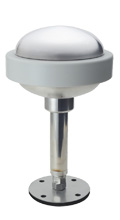 |
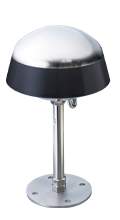 |
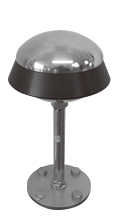 |
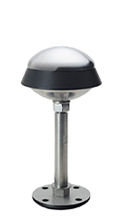 |
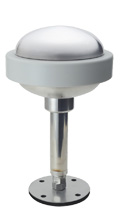 |
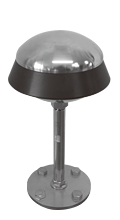 |
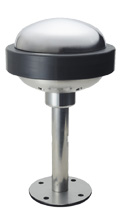 |
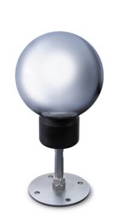 |
| cover area | Wide range height difference x5 times Maximum radius 100m * When building standards are not applied |
Wide range height difference x5 times Maximum radius 100m * When building standards are not applied |
Conventional lightning rod protection area Up to 60 degrees from vertical axis |
Up to 60 degrees from vertical axis | Wide range height difference x5 times Maximum radius 100m * When building standards are not applied |
Conventional lightning rod protection area Up to 60 degrees from vertical axis |
Wide range height difference x5 times Maximum radius 100m * When building standards are not applied |
---- |
| [ Click here for information on protection area ] | ||||||||
| materials | [electrode] stainless (SUS316) [insulator] FRP [cover] silicon rubber |
[electrode] stainless (SUS304) [insulator] FRP [cover] silicon rubber |
[electrode] stainless (SUS304) [insulator] FRP [cover] silicon rubber |
[electrode] stainless (SUS304) [insulator] polycarbonate [cover] polycarbonate |
[electrode] stainless (SUS316) [insulator] FRP [cover] silicon rubber |
[electrode] stainless (SUS304) [insulator] FRP [cover] silicon rubber |
[electrode] stainless (SUS316) [insulator] ceramic [cover] HT300/fluorine rubber HT500/ceramic |
[electrode] stainless(SUS316) [insulator] polycarbonate [cover] polycarbonate |
| dimension weight |
Φ240×405 Approx 9kg |
Φ230×390 Approx 7.8kg |
Φ200×330 Approx 5kg |
Φ120×235 Approx 1.9kg |
Φ240×405 Approx 10kg |
Φ200×330 Approx 5kg |
Φ240×405 Φ220×405 Approx 11kg Approx 13kg |
Φ120×235/Φ200×390 約2.2kg/約5.5kg |
| design life | 30years | 10years | 10years | 10years | 30years | 10years | 30years | ---- |
| warranty | 10 years warranty | |||||||
| installation location | The installation location is the highest part of the outdoor structure. (2m or more than the object to be protected) |
|---|---|
| rated temp range | Rated operating temperature -40°C to 50°C |
| storage temp range | Storage temperature -40°C to 50°C |
| warranty details |
The warranty period for this product is 10 years from the date of delivery, and if it is determined that the manufacturer is clearly responsible for any defects that occur during this period, we will replace the actual product free of charge. The deionized capacitive lightning rod has been confirmed to be effective in laboratories, and many customers who are using it are satisfied with it. However, the principle of lightning strikes has not yet been solved, and there are some aspects of sudden changes in weather that are beyond human comprehension. Therefore, we cannot guarantee 100% effectiveness of the deionized capacitive lightning rod. Also, installation conditions may change over time and may be damaged by lightning strikes. As with other lightning rods, in the unlikely event that a lightning strike causes damage, we cannot guarantee the damage [secondary damage], but we will replace the PDCE itself free of charge for 10 years from the date of installation. (Not including installation cost) |
Recommended as a "recommended disaster prevention product" by the Disaster Prevention and Safety Association in Japan, which belongs to the Japanese Government’s Cabinet Office Disaster Prevention Promotion Council
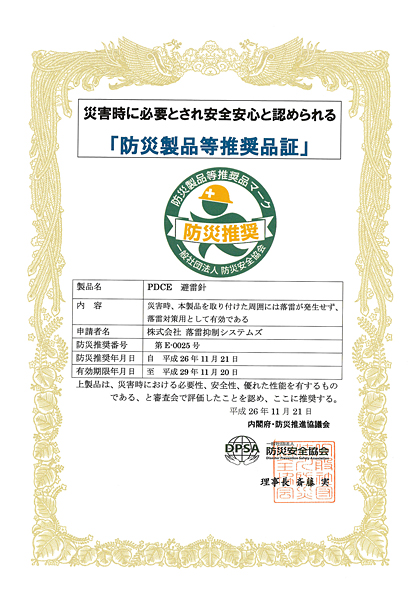
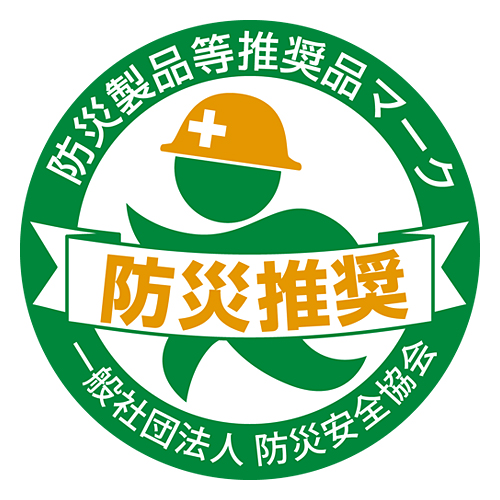
Recommended items such as disaster prevention products is a system recommended by the Japanese Government’s Disaster Prevention and Safety Association for disaster prevention products that are useful in the event of a disaster. It is expected to differentiate from similar products of other companies and increase the added value of disaster prevention products.
Other standards
CE EMC 2004/108/EC
(European Electromagnetic Compatibility: Acquired certification that it does not affect wireless antennas)
Scope of protection/Precautions for use
Purpose of lightning protection equipment
Safely spread lightning current to the ground when struck by lightning
1. Lightning current flows to the ground regardless of whether the top electrode or bottom electrode receives a lightning strike.
2. The material and its thickness are also made of thicker material, far exceeding the standard minimum cross-sectional area.

The PDCE lightning rod aims to prevent lightning strikes as much as possible. Not a thing. When struck by lightning, it spreads the lightning current to the ground, just like a normal lightning rod.
In the method of actively inviting lightning current, there are many accidents due to induced lightning current, so we aim to avoid it as much as possible.
Protection range (lightning protection area)
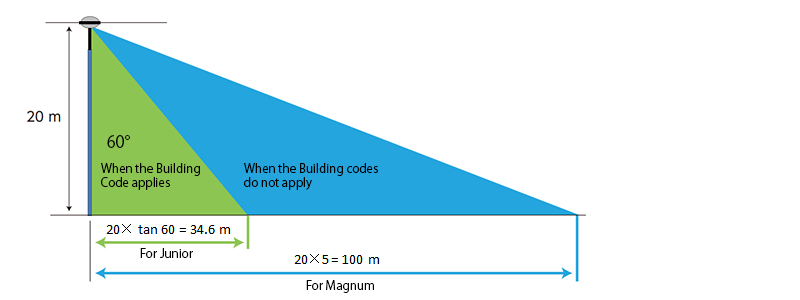
Comply with building codes in Japan
"When there is no application of the Japanese Government’s Building Standards Act"
Protection range of the new lightning rod (PDCE) at a height of 20m Radius of 100m
Product Lineup : PDCE-Magnum,PDCE-2020,PDCE-Magnum Marine
"When the Building Standard Law in Japan is applied"
Same as the protection angle of a normal lightning rod at a height of 20m where the lightning-strike current can flow safely into the ground.
Product Lineup : PDCE-Junior,PDCE-Baby,PDCE-Junior Marine
You can check the FAQ about the PDCE lightning rod from here
Inquiries and consultations about each product handled
5-1-18 Kita-Shinagawa, Shinagawa-ku
03-6871-8885
1-7-4 Minamihorie, Nishi-ku, Osaka City
06-7664-8818